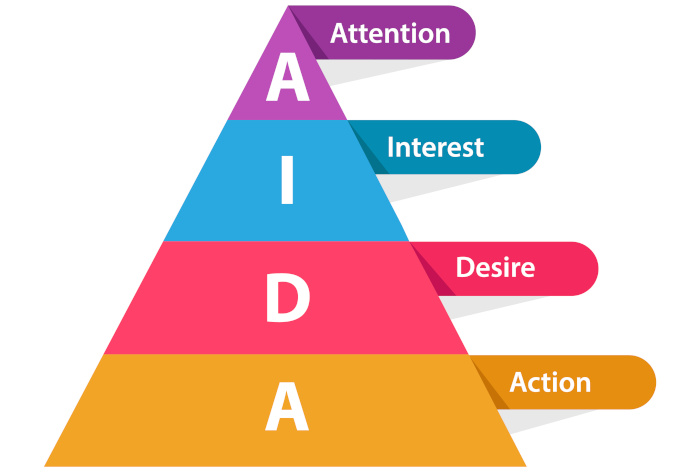How to Build a High-Impact Funnel Online
 In the digital age, a well-constructed sales funnel is essential for converting prospects into loyal customers. But what exactly is a sales funnel, and how can you build one that delivers high impact? Let's dive in.
In the digital age, a well-constructed sales funnel is essential for converting prospects into loyal customers. But what exactly is a sales funnel, and how can you build one that delivers high impact? Let's dive in.
What is a Sales Funnel?
A sales funnel is a marketing strategy designed to guide potential customers through a series of stages, ultimately leading to a purchase. The funnel metaphor illustrates how you start with a broad audience and narrow it down to a smaller group of high-value customers. The stages of a typical sales funnel can be remembered by the acronym AIDA: Awareness, Interest, Decision, and Action.
-
Awareness: At this stage, potential customers become aware of your brand or product.
-
Interest: Prospects show interest by engaging with your content or exploring your offerings.
-
Decision: They consider making a purchase and compare your product with competitors.
-
Action: The prospect makes a purchase and becomes a customer.
Building a High-Impact Sales Funnel
Creating an effective sales funnel involves several key steps:
-
Understand Your Audience
-
Research: Conduct thorough market research to understand your target audience's needs, preferences, and pain points.
-
Buyer Personas: Develop detailed buyer personas to guide your marketing efforts.
-
-
Create Compelling Offers
-
Lead Magnets: Offer valuable content like eBooks, webinars, or free trials to attract prospects. According to a study by HubSpot, companies that use lead magnets see a 45% increase in lead generation.
-
Landing Pages: Design robust landing pages that provide all the necessary information and a clear call to action (CTA). Unbounce reports that well-designed landing pages can increase conversion rates by up to 30%.
-
-
Use the Right Tools
-
Sales Funnel Software: Choose tools like ActiveCampaign, ClickFunnels, or Zendesk Sell to automate and optimize your funnel. Note: Mention of these tools does not constitute an endorsement or guarantee of their effectiveness.
-
Analytics: Use analytics tools to track the behavior of prospects as they move through the funnel.
-
-
Optimize Each Stage
-
Awareness: Use SEO, social media, and paid ads to drive traffic to your website. Internal links to related content can also improve SEO performance.
-
Interest: Engage prospects with informative content, email marketing, and personalized recommendations.
-
Decision: Provide detailed product information, customer testimonials, and competitive comparisons.
-
Action: Simplify the checkout process and offer incentives like discounts or free shipping to encourage purchases.
-
-
Measure and Refine
-
KPIs: Track key performance indicators (KPIs) such as conversion rates, customer acquisition costs, and lifetime value.
-
A/B Testing: Continuously test different elements of your funnel, from CTAs to landing page designs, to see what works best.
-
Conclusion
Building a high-impact sales funnel is a strategic and data-driven process. By understanding your audience, creating compelling offers, using the right tools, and continuously optimizing each stage, you can convert more prospects into loyal customers. Start crafting your sales funnel today and watch your business grow.
Disclaimer: The mention of specific sales funnel software tools does not constitute an endorsement or guarantee of their effectiveness. Always conduct your own research to find the best tools for your needs.